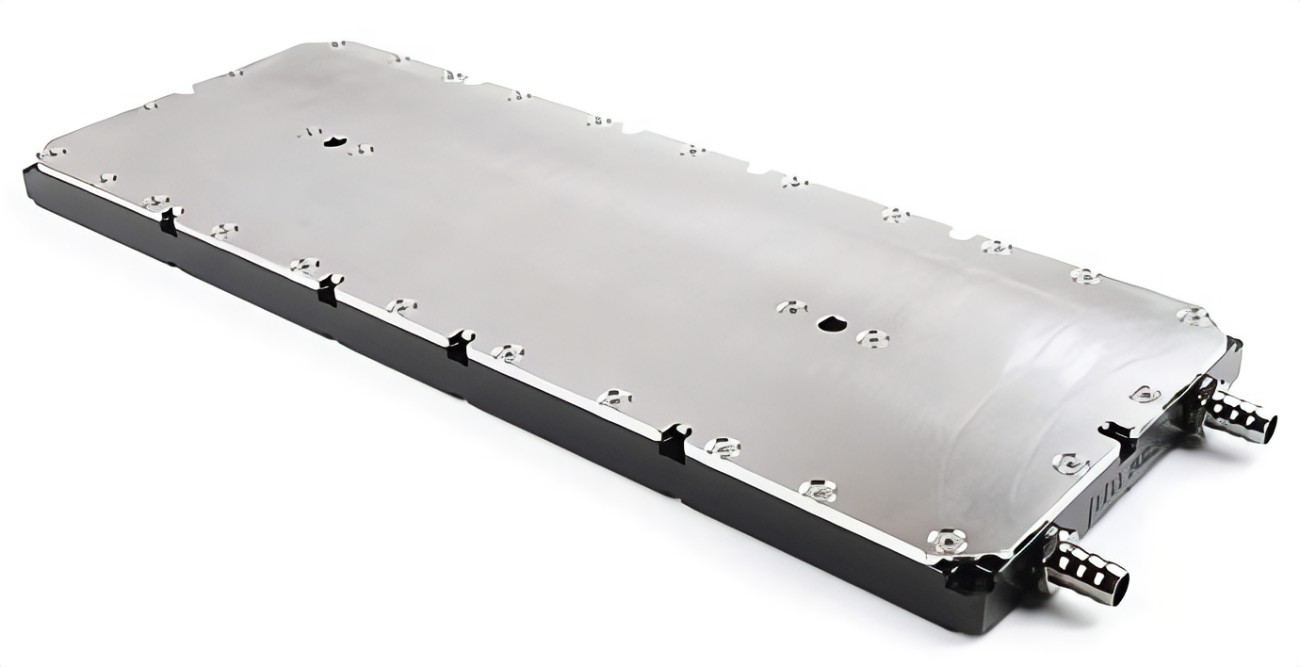The water cooled heat sink is a highly efficient radiator that is used to control the temperature of a power module. Maximum permissible temperatures are based on finite element thermal analysis and working conditions of the component. These temperatures should be in accordance with the reliability and service environment requirements of the device. These components also need to be durable enough to withstand frequent use. A water-cooled heatsink can be used to reduce
Overall system temperature
An effective water cooling heatsink uses buried welding technology to eliminate the risk of leaks in the infusion pipeline. Its high heat flux is achieved by the low resistance of conduction. The water cold plate design can be double-sided, which can be installed in the device. Alternatively, a geometry-induced wall jet can be used. During this process, the heatsink is made of copper or stainless steel tubes.
Microchannel heat sinks
These microchannels can be made to remove a large amount of heat from a small area. They are ideally suited for electronics cooling. They are machined into an aluminum workpiece using a horizontal milling machine. In addition, a new experimental setup is created for testing the microchannel heat sink. The mass flow rate of the water increases with the amount of heat input. The Nusselt number and heat transfer coefficient increase.
Oxygen-free copper version
These are very efficient and reliable. These designs are often suited for high-power applications, such as electric vehicles. They can also be 3D printed. Unlike the air-cooled version, the liquid version of the heat sink is more silent and has a stable temperature. It is also less dependent on the environment. The oxygen-free copper version of this material is more expensive.
PCM-HP
It is designed to handle the maximum temperature of the LED. This type of water cooled heat sink has excellent anti-thermal shock capacity. The advantage of this type of heat sink is that it is compatible with any processor. The temperature of the device can be varied based on its design. Its maximum operating temperature can be as high as 300 °C, which is too hot for a CPU.
A water-cooled heat sink is an effective alternative to air-cooled heat sinks. These devices are capable of cooling high-temperature devices without sacrificing safety. The water-cooled method is becoming the most popular among these devices. The advantages of this technology include safety and cost. Thermal heat sinks are a safe and efficient way to reduce energy consumption in a computer. If you are considering installing one of these, be sure to read the product specifications carefully.
Conclusion
Liquid heat sinks are still the most efficient cooling method, but they are not always the best choice. They can be difficult to install, but the added versatility of these devices makes them a popular choice for most users. The benefits of liquid cooling systems are numerous. However, the water-cooled version is recommended when overclocking is the primary focus of your computer. It can be easily installed and it is inexpensive, and it can also enhance your performance.
Research into the efficiency of heat sinks is becoming more important as the use of water-cooled water coolers increases in the computer industry. In order to determine if a water-cooled heat sink is effective, it should be able to handle high temperatures while still maintaining a low-temperature environment. The temperature of the cooling device should be lower than that of the ambient temperature. The cooling process is the key to preventing overheating.


